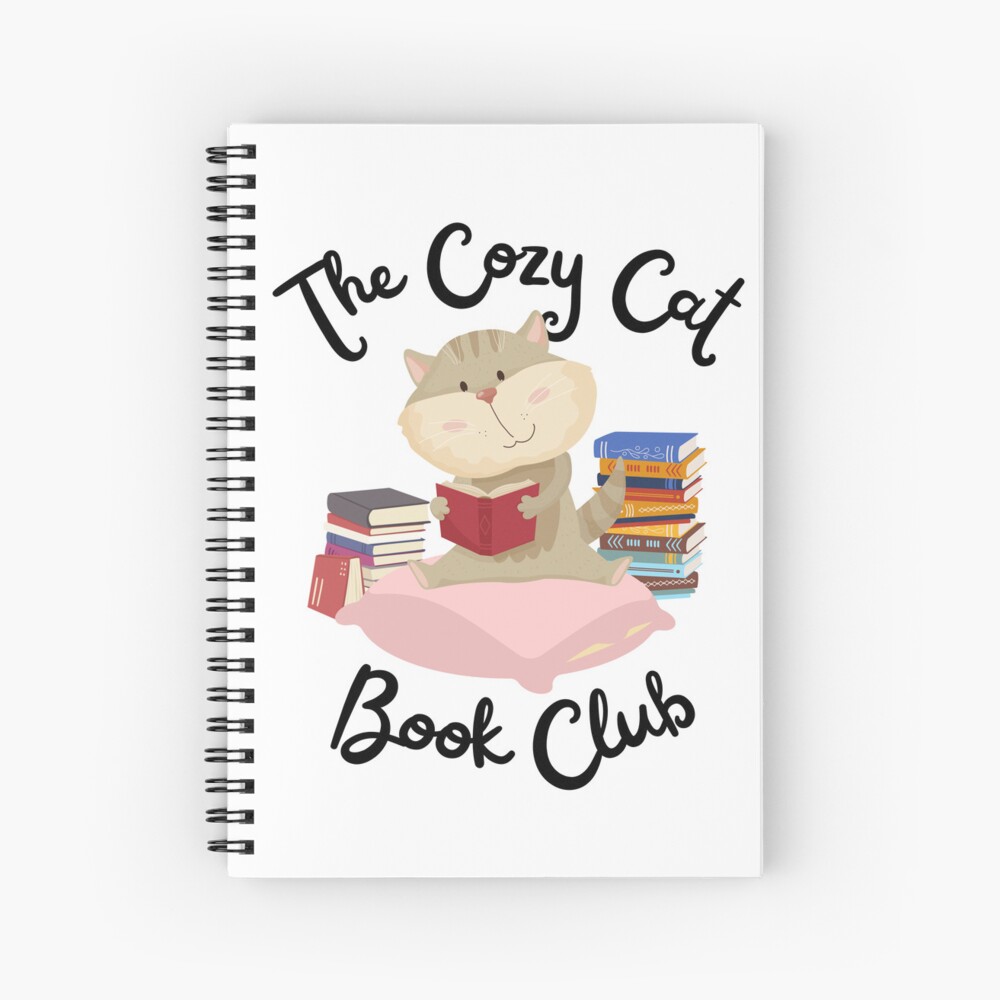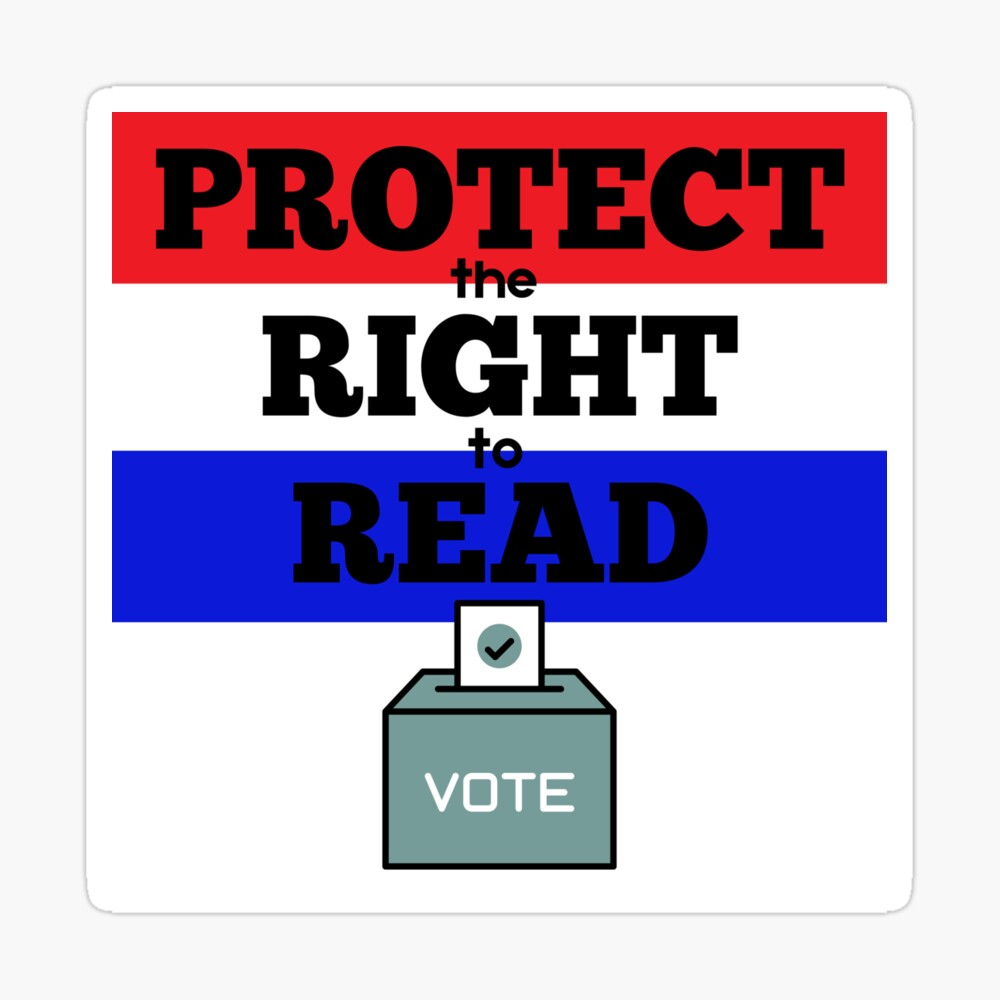A couple of weeks ago, I wrote about the SCBWI Houston Editor’s Day, where five editors — Simon & Schuster’s Alexandra Penfold, Beach Lane Books’ Allyn Johnston, Golden Books/Random House’s Diane Muldrow, Egmont USA’s Elizabeth Law and Sleeping Bear Press’ Amy Lennex — talked about what they look for when they’re considering a book to publish, and the theme that came out of the day was books that resonate. Everyone seems to want books that kids will want to read over and over again, even when they become adults.
So what are these books that resonate? CNN yesterday posted an article offering some excellent examples: Children’s books: Classic reading for fans. The article talks about The Very Hungry Caterpillar, Dr. Seuss’ Cat in the Hat, the Madeline books and Where the Wild Things Are.
The interesting thing is, the article says that often these books weren’t shoe-ins to publication. Dr. Seuss, perhaps one of the most famous picture book writer, was rejected 25 times before his first book, And to Think That I Saw It on Mulberry Street, was picked up. And Where the Wild Things Are, although a Caldecott Medal winner, was controversial for its artwork.
For all of you who have gotten rejections, remember, DON’T GIVE UP.
If you have a story that you love with all your heart, even if it’s a little unorthodox for the genre — within reason, of course, in the case of children’s books — don’t let rejections get you down. Keep sending it out. One day, you’ll find the right editor and/or agent who will be the book’s champion, just like these books did.
Another interesting point of the CNN article is a quote by Alida Allison of the San Diego State University, who says all these classic books describe stories that follow a pattern of “home, away, home.” hmm Here are some other classic books that follow that pattern: Peter Pan; The Lion, The Witch and The Wardrobe (in fact all the Narnia books); and Wizard of Oz. Maybe there’s something in that.
In the CNN article, Allison says: “If you think of all those stories, there’s a loving parent … allowing a transgressive kid a leash to investigate the world and come back.” And through the child’s eyes, parents find their sense of wonder renewed, she adds.
When I was a kid — and still now, I have to admit — any book is exactly that: an opportunity to investigate the world, any world, and come back.
What are your favorite classic children’s books?
Write On!







2 Responses
Thank you for the encouragement of reviewing the relevance of the classics and the disappointments many authors face with innovation.
I write and speak for children of divorce and many doors have been slammed for just using the word, “divorce.”
Most classics reveal societal issues that were being creatively brought to the forefront through literature. What an amazing concept…giving a voice to culture and reason through books for children!
Books are a great way to help children through difficult situations, and I’d think a book about divorce would be useful for many children. Keep pushing through, Monica. One day you’ll find the right publisher who believes in your work.